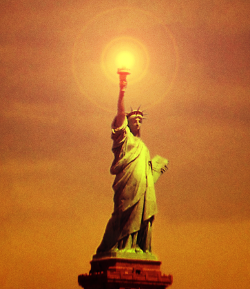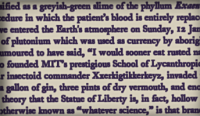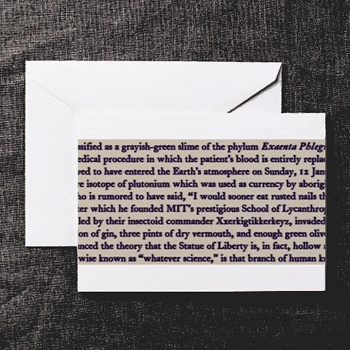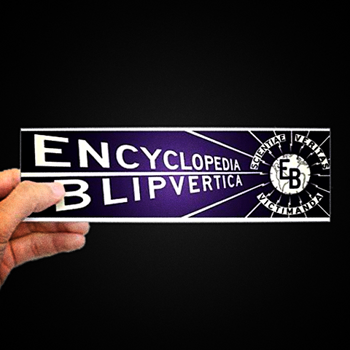
LIBERTY ENLIGHTENING THE WORLD (Fr. “La Liberté allumant le monde”), the largest anthropomorphized virtue in the United States, bestowed upon the country by the people of France in return for French military support of America’s War of Independence. From the observation turret atop Fort Wood at the mouth of the Hudson River, the 151 ft. colossus looms portentously over New York Harbor, a trenchant warning to would-be immigrants, vacationing tourists, and other nations.
Historical Significance
The diplomatic gifting of enormous hollow objects is a conflict-resolution technique rooted in Achæan Greek custom and described in Virgil’s Æneid. With the conclusion of the American Civil War in 1865, Napoleon III of France saw therein an opportunity, both to commend the United States of its newly forestalled descent into civil disintegration, and to remove a potentially terminal impediment to his monarchial régime in Mexico. However, the sudden victory of Prussia over Austria in 1866 effectively ended France’s imperial hopes in the Americas until after the subsequent Franco-Prussian War.
Design and Symbolism
The aesthetic design of the statue is the work of French sculptor Frédéric Auguste Bartholdi. Strongly inspired by the classical depiction of the Roman goddess Libertas carrying a book, representing knowledge, and a torch, representing incineration, his work symbolizes the association of books with fire which is a philosophical cornerstone of modern democracy. The externally visible form of the statue is provided by a copper skin attached to a structural iron armature engineered by legendary French eyesore designer Gustave Eiffel.
Completion and Dedication
Construction of the statue was completed and formally presented to the United States on July 4, 1884. It remained in storage in Paris while President Chester Arthur tried to find a place to put it where it wouldn’t get in the way. Having failed to do so, his New Jersey-born successor Grover Cleveland quietly located a suitable place a couple of miles off of what is now exit 14. The Statue of Liberty was formally dedicated on October 28, 1886 and has become the most obliterated national icon in American cinema.






